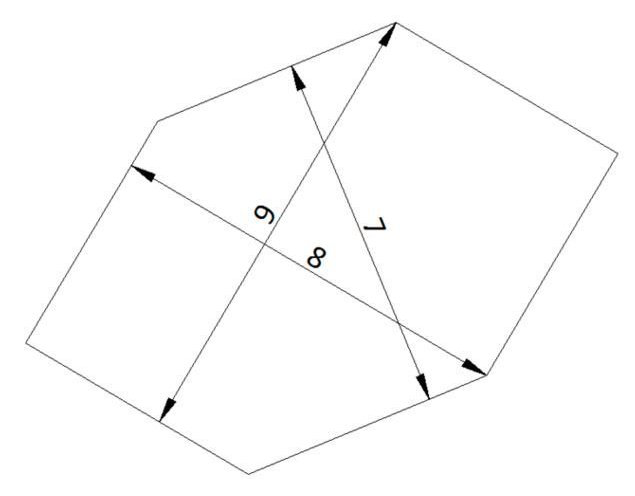What is the area of my hexagon?
I have a hexagon, with six sides of equal length. Opposite pairs of sides are parallel, and the distances between these parallel sides are 7, 8 and 9. What is the area of my hexagon? Express result to the accuracy of 3 decimal.Correct answers: 32
The first user who solved this task is Neelima Subrahmanyam.
#brainteasers #math #riddles

A passenger train is creeping...
A passenger train is creeping along, slowly. Finally it creaks to a halt. A passenger sees a conductor walking by outside.
"What's going on?" she yells out the window.
"Cow on the track!" replies the conductor.
Ten minutes later, the train resumes its slow pace.
Within five minutes, however, it stops again.
The woman sees the same conductor walk again.
She leans out the window and yells, "What happened? Did we catch up with the cow again?"
"What's going on?" she yells out the window.
"Cow on the track!" replies the conductor.
Ten minutes later, the train resumes its slow pace.
Within five minutes, however, it stops again.
The woman sees the same conductor walk again.
She leans out the window and yells, "What happened? Did we catch up with the cow again?"

